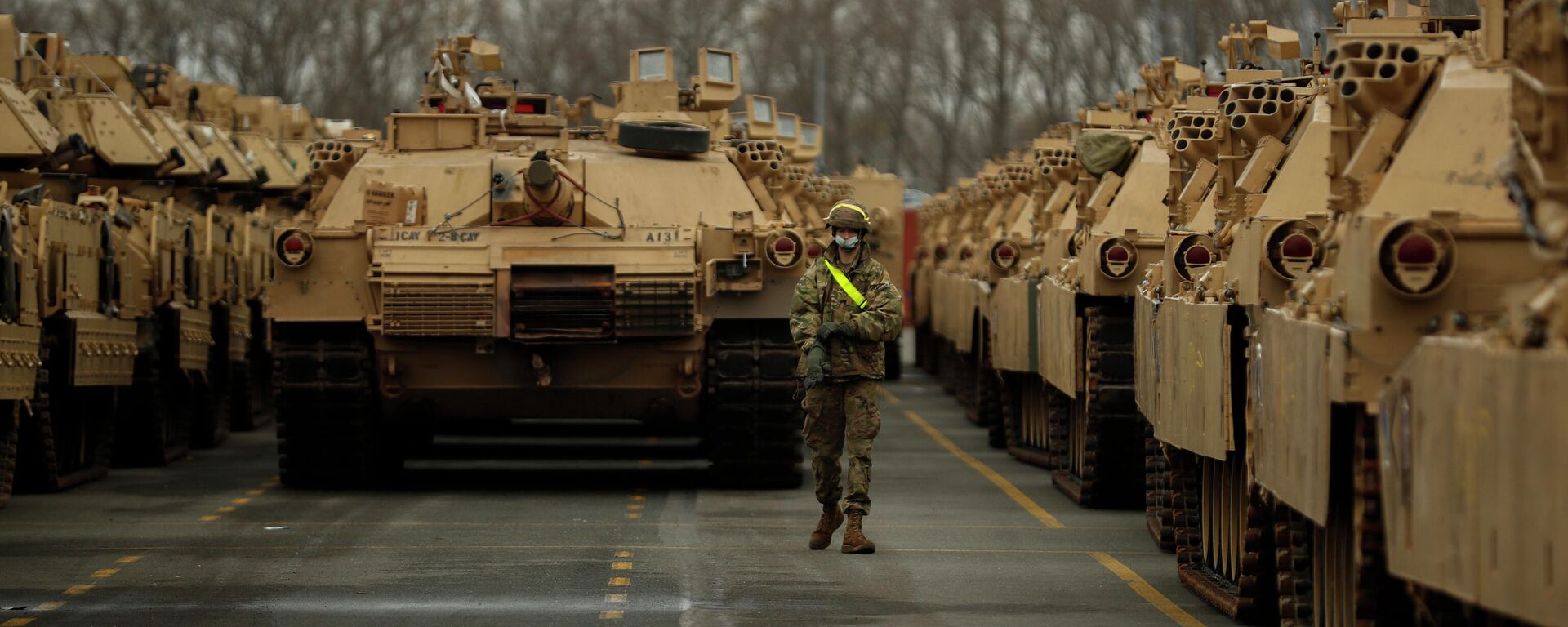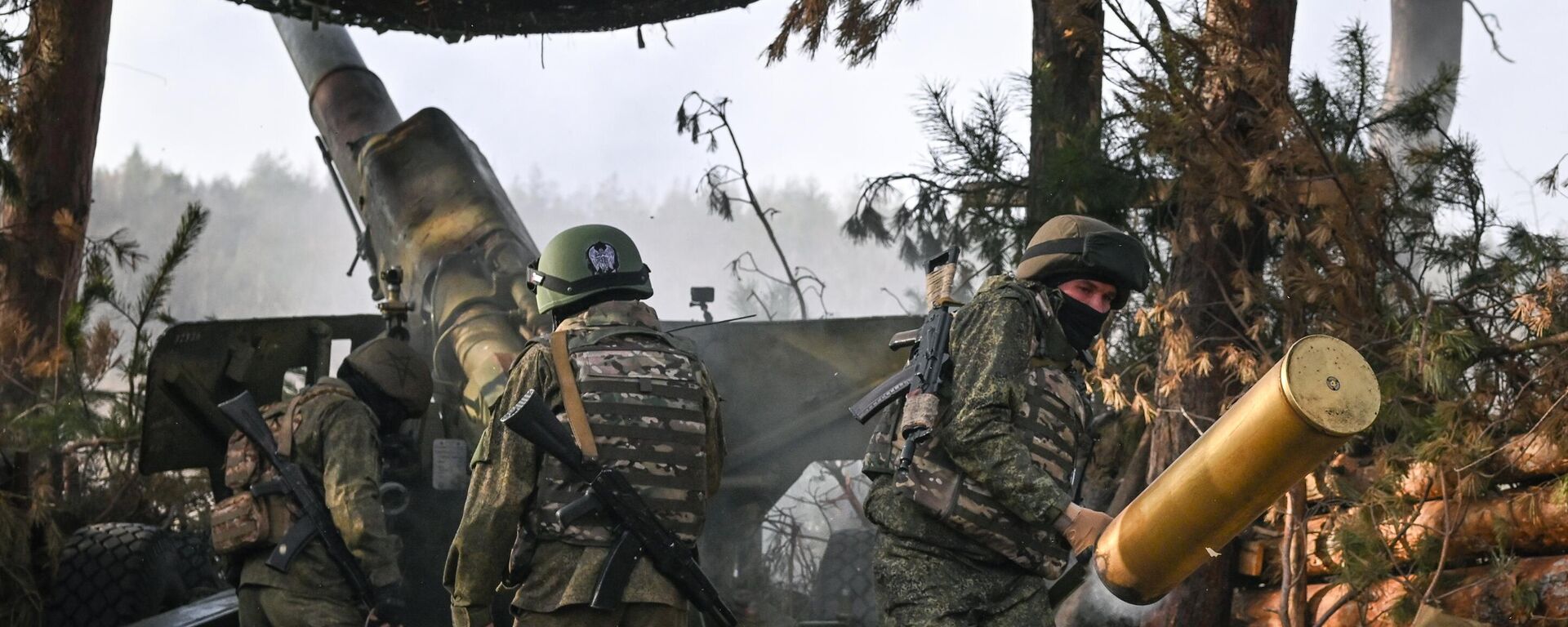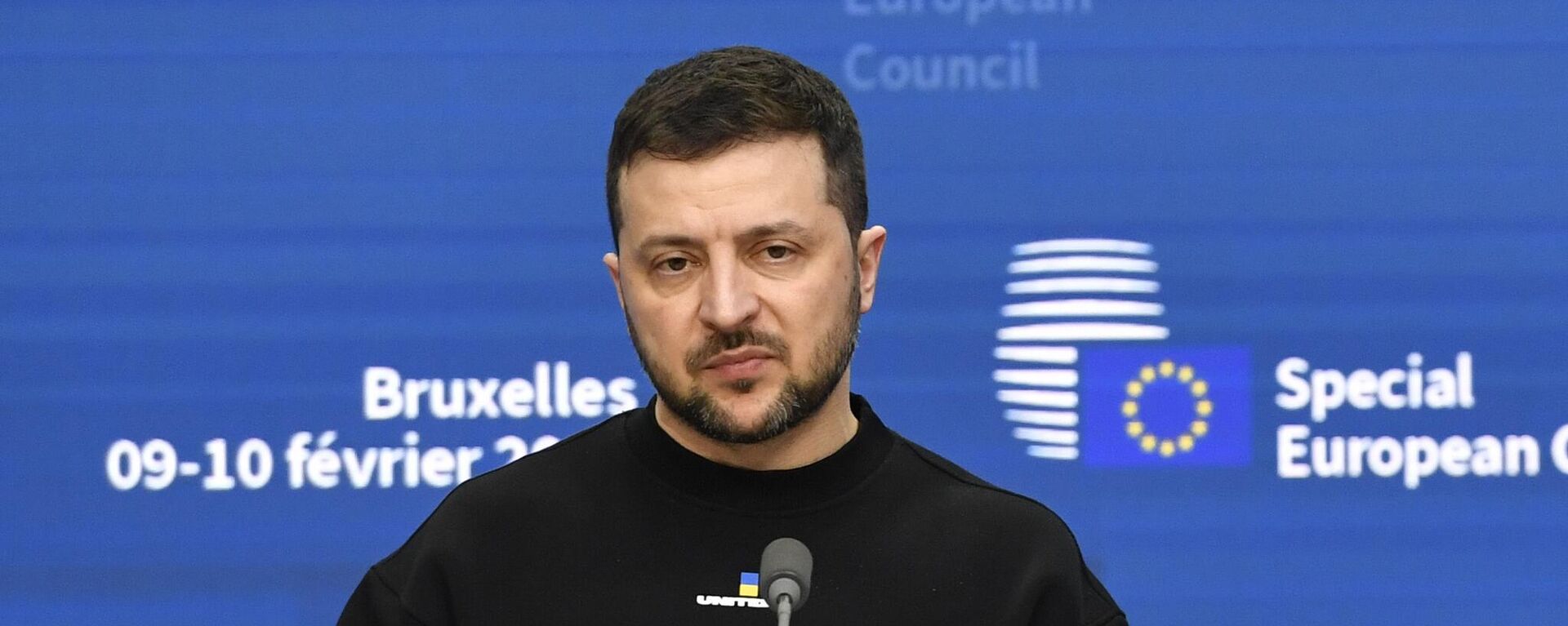NATO Officials, Legacy Media Flip on a Dime in Assessment of Russia’s Military Power

© Sputnik / Vyacheslav Prokofiev
/ Subscribe
The NATO proxy war against Russia in Ukraine has brought two competing and contradictory Western propaganda narratives to the fore, with officials having the unenviable task of simultaneously talking up the 'threat' posed by Russia to European security and trying to stress Moscow's 'weakness' in Ukraine.
A leading national security publication catering to American military, government and defense officials and specialists has noticed a decisive shift in “tone” in Defense Secretary Lloyd Austin’s assessment of Russia’s military capabilities amid the ongoing proxy conflict in Ukraine.
The analysis by DefenseNews found that while the Pentagon chief had cheerfully racked up Russia’s losses in blood and treasure at a meeting at Ramstein Air Base back in March, just a month later he qualified his remarks with warnings about the pace at which the Russian military was “recovering.”
“Russia has ramped up its production,” Austin said at a news conference in April. “All of their defense industry really answers directly to the state, so it’s easier for them to do that a bit quicker.”
“Coming a month apart, the two sets of comments show the distinct change in how the US views Russia’s military,” DefenseNews suggested.
The outlet cited “the resilience of Moscow’s defense industry,” lower military-related production and operating costs, Russia’s ability to dodge Western sanctions, “surprising levels of support from other US adversaries,” and access to warehouses full of Soviet weapons as some of the reasons why Washington has failed to achieve Austin’s publicly-proclaimed goal of “weakening” Russia militarily using Ukraine.
“If the Kremlin keeps rebuilding its forces faster than expected, it could present a longer-term and perhaps costlier problem for the NATO alliance,” the outlet warned.
Austin isn’t alone in being forced to recognize the reality in front of his face, with a noticeable shift in rhetoric regarding the Ukrainian crisis also seen among other NATO officials, think tanks, and leading legacy media.
“Russia Enters Third Year of War Diminished, Degraded, and Joyless,” neocon think tank the Jamestown Foundation wrote in a triumphant analysis in January. A few months later, in a piece entitled “Conflict Between Russia and the West Heating Up in Frozen North,” the think tank begrudgingly acknowledged that this ‘diminished’ and ‘degraded’ Russia had somehow found time and resources to challenge the US and its allies in the Arctic.
British officials have also changed their tune, with a UK intelligence estimate cited by Business Insider in December that “it will likely take Russia up to 10 years to rebuild a highly trained, experienced army,” shifting to hysterical claims by Defense Secretary Grant Shapps this week that Russia is apparently more powerful than ever, and that an alliance between Moscow and Beijing would pose a “direct threat to our way of life.” In March, Deputy Chief of Defense Staff Sir Rob Magowan warned that the UK would stand no chance in a direct “full-on shooting war” with Russia if it lasted more than a couple months.
In a January press conference alongside US Secretary of State Antony Blinken, NATO chief Jens Stoltenberg boasted that “for a tiny fraction of annual defense spending, the United States has helped Ukraine destroy a major part of Russia’s combat capacity.” Three months later, a flustered Stoltenberg was attacking NATO allies, including the United States, for failing to “deliver on their promises” to send more weapons to Ukraine, saying this “had a serious consequence on the battlefield,” and that the failure to support Kiev was a matter of “life and death.”
Major US media outlets offered similarly bipolar assessments, with a victorious headline in the Wall Street Journal in December entitled “Russia Has Lost Almost 90% of Its Prewar Army, US Intelligence Says” replaced with a series of somber reports in recent days about Kiev’s growing desperation. In an op-ed by the WSJ’s editorial board on May 16, the outlet asked whether President Biden is going to “step up on Ukraine,” warning that “his limits on Kiev are a strategy for defeat on the installment plan.”




